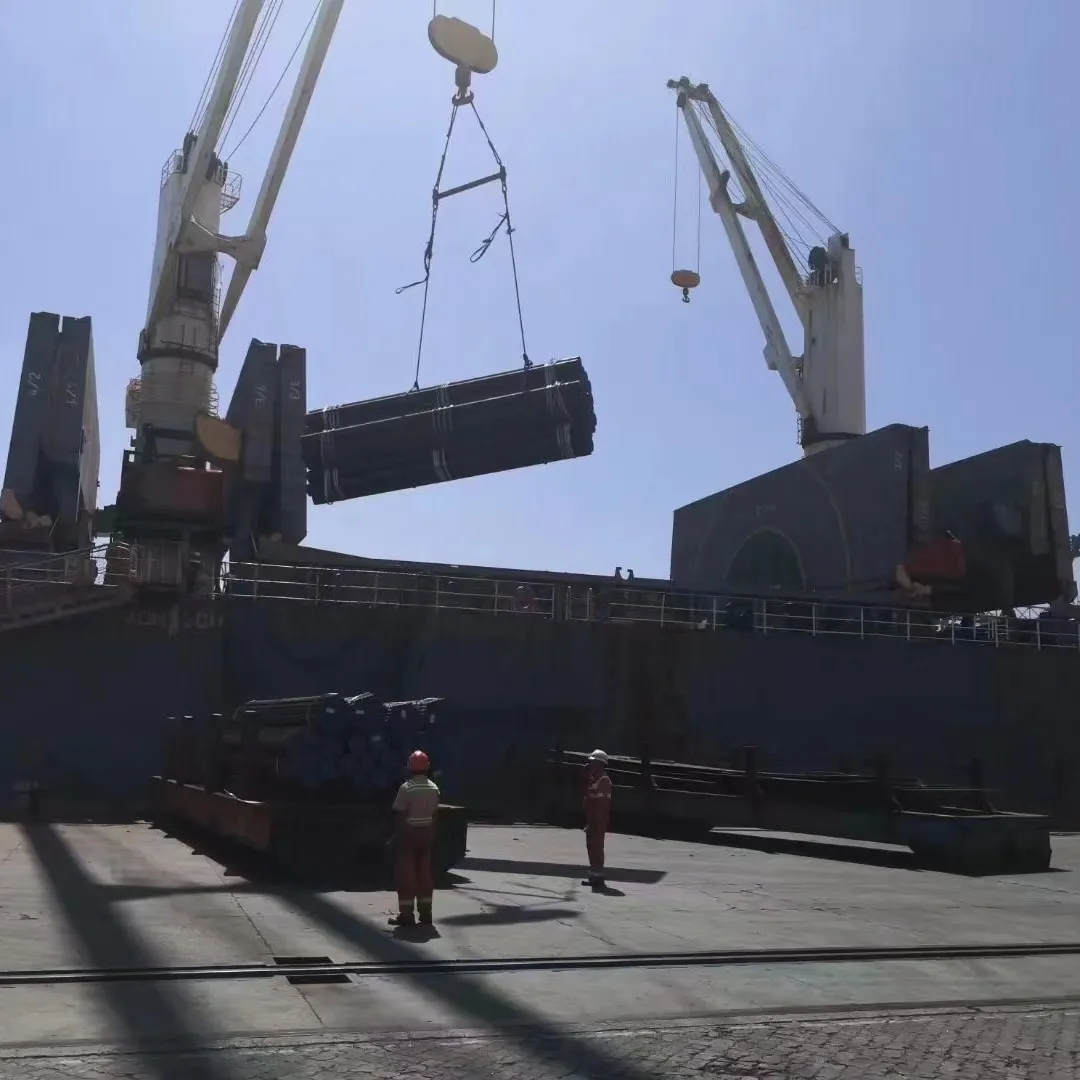-
Cangzhou Yulong Steel Co., Ltd.
-
Phone:
+86 13303177267 -
Email:
admin@ylsteelfittings.com
- English
- Arabic
- Italian
- Spanish
- Portuguese
- German
- kazakh
- Persian
- Greek
- French
- Russian
- Polish
- Thai
- Indonesian
- Vietnamese
- Zulu
- Korean
- Uzbek
- Hindi
- Serbian
- Malay
- Ukrainian
- Gujarati
- Haitian Creole
- hausa
- hawaiian
- Hebrew
- Miao
- Hungarian
- Icelandic
- igbo
- irish
- Japanese
- Javanese
- Kannada
- Khmer
- Rwandese
- Afrikaans
- Albanian
- Amharic
- Armenian
- Azerbaijani
- Basque
- Belarusian
- Bengali
- Bosnian
- Bulgarian
- Catalan
- Cebuano
- China
- China (Taiwan)
- Corsican
- Croatian
- Czech
- Danish
- Esperanto
- Estonian
- Finnish
- Frisian
- Galician
- Georgian
- Kurdish
- Kyrgyz
- Lao
- Latin
- Latvian
- Lithuanian
- Luxembourgish
- Macedonian
- Malgashi
- Malayalam
- Maltese
- Maori
- Marathi
- Mongolian
- Myanmar
- Nepali
- Norwegian
- Norwegian
- Occitan
- Pashto
- Dutch
- Punjabi
- Romanian
- Samoan
- Scottish Gaelic
- Sesotho
- Shona
- Sindhi
- Sinhala
- Slovak
- Slovenian
- Somali
- Sundanese
- Swahili
- Swedish
- Tagalog
- Tajik
- Tamil
- Tatar
- Telugu
- Turkish
- Turkmen
- Urdu
- Uighur
- Welsh
- Bantu
- Yiddish
- Yoruba

Oct . 15, 2024 21:56 Back to list
Schedule 40 Welded Fittings Specifications and Applications Guide
Understanding Schedule 40 Weld Fittings An Essential Guide
When it comes to piping systems in various industries, the choice of fittings plays a crucial role in ensuring that the entire structure functions efficiently and safely. Among the different types of fittings available, Schedule 40 weld fittings have gained significant popularity due to their reliability, versatility, and ease of use. This article delves into the specifics of Schedule 40 weld fittings, highlighting their features, applications, and benefits.
What Are Schedule 40 Weld Fittings?
Schedule 40 refers to the wall thickness of the pipe and fittings. This designation is part of the American National Standards Institute (ANSI) system, which stipulates standards for various piping materials. Schedule 40 fittings are made to handle moderate pressures and are commonly used in plumbing, HVAC (heating, ventilation, and air conditioning), and industrial piping systems.
Weld fittings are specifically designed to be joined to pipes using a welding process. This creates a strong, permanent connection, which is crucial in applications where safety and structural integrity are paramount. Schedule 40 weld fittings are typically made from materials such as PVC, CPVC, and steel, each suited for different conditions and purposes.
Types of Schedule 40 Weld Fittings
Schedule 40 weld fittings come in various shapes and sizes, designed for different functions within a piping system
. Some of the most common types include1. Elbows These fittings allow for directional changes in the piping system. Standard angle options include 45 degrees and 90 degrees. 2. Tees Tee fittings are used to create a branch from a main pipeline, allowing for the flow to split into two directions. 3. Reducers These fittings connect pipes of different diameters, allowing for a change in the flow capacity without disrupting the system's integrity. 4. Caps Cap fittings are used to seal the end of a pipe, preventing the flow of substances and providing a closed system.
schedule 40 weld fittings

Applications of Schedule 40 Weld Fittings
The versatility of Schedule 40 weld fittings makes them suitable for a wide range of applications. Some of the most common uses include
1. Plumbing Schedule 40 fittings are widely used in residential and commercial plumbing systems due to their compatibility with water, gas, and sewage lines. 2. Industrial Piping In industrial settings, these fittings are often employed in systems that transport chemicals, steam, and other materials, thanks to their durability and resistance to corrosion. 3. HVAC Systems The heating and cooling systems that require robust piping networks often utilize Schedule 40 fittings, ensuring efficient flow and pressure maintenance.
Benefits of Using Schedule 40 Weld Fittings
Investing in Schedule 40 weld fittings offers several advantages
1. Strength and Durability The welding process allows for strong joints that can withstand high pressures and temperatures, making these fittings suitable for demanding applications. 2. Corrosion Resistance Many Schedule 40 fittings are made from materials specifically designed to resist corrosion, ensuring longevity and reducing the need for frequent replacements. 3. Ease of Installation The straightforward welding process allows for quick installation, reducing labor costs and downtime during projects. 4. Cost-Effectiveness When considering the durability and longevity of Schedule 40 weld fittings, they often prove to be a cost-effective choice over time, minimizing maintenance and replacement expenses.
Conclusion
In summary, Schedule 40 weld fittings are an essential component in various piping systems. Their strength, versatility, and ease of installation make them a preferred choice across multiple industries. Understanding the types, applications, and benefits of these fittings can significantly contribute to making informed decisions when designing or maintaining piping systems. With the right fittings in place, you can ensure a reliable, efficient, and safe flow of materials, enhancing the overall performance of your piping infrastructure.
Latest news
-
ANSI 150P SS304 SO FLANGE
NewsFeb.14,2025
-
ASTM A333GR6 STEEL PIPE
NewsJan.20,2025
-
ANSI B16.5 WELDING NECK FLANGE
NewsJan.15,2026
-
ANSI B16.5 SLIP-ON FLANGE
NewsApr.19,2024
-
SABS 1123 FLANGE
NewsJan.15,2025
-
DIN86044 PLATE FLANGE
NewsApr.19,2024
-
DIN2527 BLIND FLANGE
NewsApr.12,2024
-
JIS B2311 Butt-Welding Fittings LR/SR 45°/90° /180°Seamless/Weld
NewsApr.23,2024











